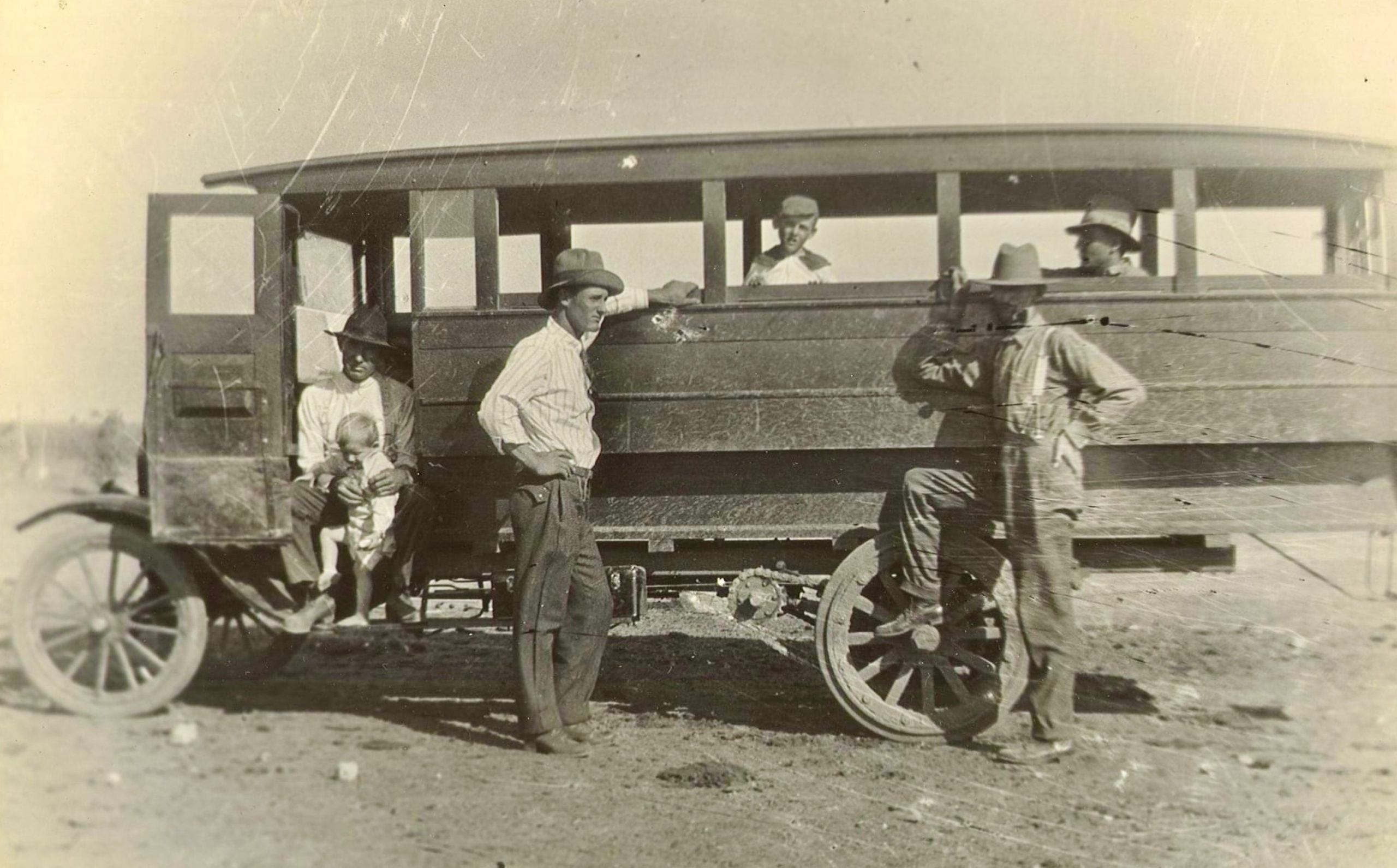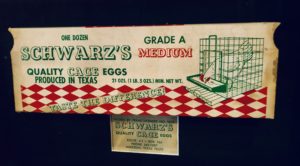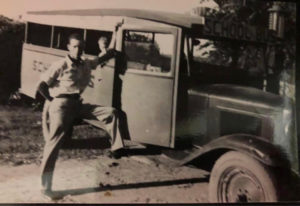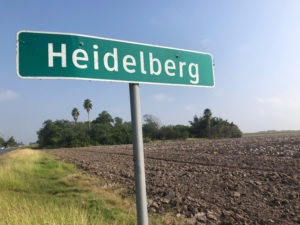Piece Of Mercedes History Has German Roots
A framed photo in an old barn-converted-to offices for England Cattle Company features a slice of agricultural history along Mile 2 E Road in rural Mercedes.
“Schwarz’s Grade A Medium Quality Cage Eggs,’’ the picture of an old carton states.
They were grown in Texas, to be sure, on Route #2, Box 164, Mercedes, Texas, says a box below the photo. The old egg farm is gone. The farming community from where it came is still around albeit it in a much different form, but the signs signifying Heidelberg stand along Mile 2 E. It’s a continuation of a name established over 100 years ago by German settlers.
The Schwarz family was a large clan and they first lived in Anahuac in southeast Texas before coming to a new town named Mercedes in the early 1900s. They came to farm as did so many others to a region that was being marketed as the Rio Grande Valley, a place of new opportunities on the South Texas frontier.
What would become Heidelberg was founded in 1921 on what was then Farm Road 1425 and located five miles northeast of Mercedes. The Texas State Historical Association states that a German investor with the last name of Groshauser advertised the community in Germany and in Texas Germany communities.
Some of the ads caught the attention of the Schwarz family in Anahuac, who after their arrival in South Texas would purchase the bulk of land that would become Heidelberg, which was named after a large and historic city in German. It was a place for the hardy. Groshauser left as did some other German settlers.
The Schwarzes stayed and Heidelberg became associated with the family name. Some accounts state some earlier settlers of the area referred to the town as Schwarzville. The identity with Mercedes was a strong one. An account on a Rio Grande Valley history page on Facebook recalls how “the Schwarz brothers pooled their money and bought their own bus because they had so many Schwarz kids who wanted to go to high school in Mercedes.’’
It’s an account given by Cynthia Hoverson who said her mother, Irene Schwarz Hoverson, “hated the bus because they had to get on it so early and then get dropped off at home so late in the day.’’ A picture of the 1930s-era bus is posted with a man identified as Harold Schwarz posing by it with a foot up on a side rail that kids stepped on to get on the vehicle.
Behind him is lettering that appears to say “Schwarz Bus.’’ It’s a testament to the perseverance and spirit of previous generations that if the local school district won’t come to you, then get your own bus to get to their schools.
“My Mom always said that the Schwarz’s had the very first bus that Mercedes ever saw,’’ said Bruce Ryan on the Facebook history page. “It bought the Schwarz kids into school from Schwarzville out on Mile 2 N.’’
Elizabeth Schwarz England and her husband, Mike, own and operate the England Cattle Company just down Mile 2 E. Mike points out that he and his family are working farmland northeast of Mercedes that goes back nearly 100 years in his wife’s family.
There’s even more history on Mile 2 E. About two miles up the road from where Heidelberg stands is where the Confederate Air Force got its start in the 1950s, wowing the locals with daredevil shows featuring vintage World War II airplanes.
The Rio Grande Valley Premium Outlets are located just west of where the old town and the airshow headquarters once sat, a modern retailing enterprise adjacent to the winds of yesteryear.
Ricardo D. Cavazos




